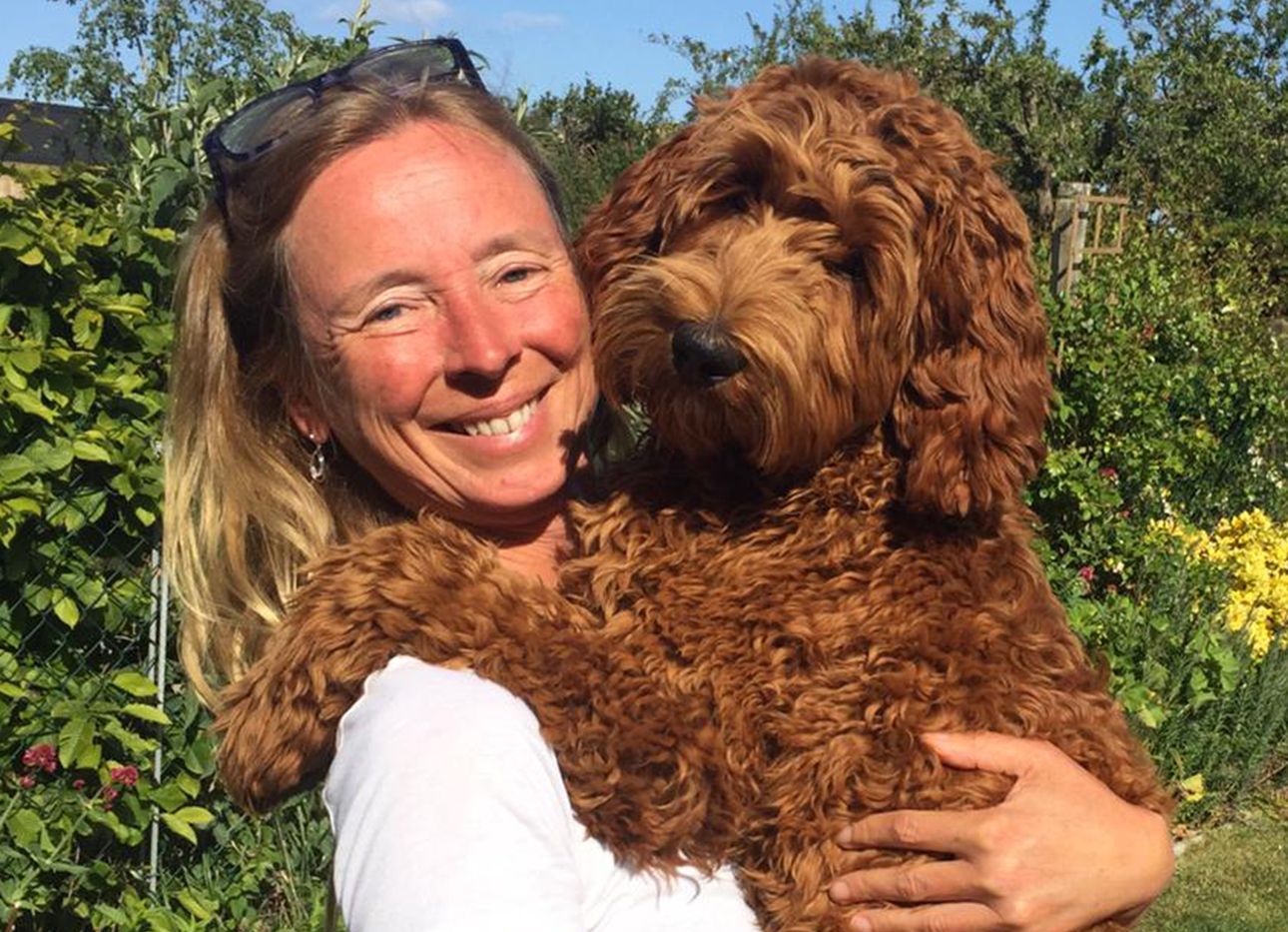
Meet the Graphic Designer Who Maps Cities by Their Scents
Dr. Kate McLean, who spearheads the graphic design program at Canterbury Christ Church University in the United Kingdom, works at the intersection of cartography, scent, and language. For years, she has organized public “smell walks” in cities around the world, inviting residents to traverse their local terrain and record what their noses detect, often leaving participants with a heightened appreciation of sensory stimuli. McLean translates this information into “smellscapes”: colorful diagrams made of dots and wavy, concentric rings that detail where an odor occurs in a specific place, and how it moves around. Here, she explains how and why she’s mapping invisible aromas, one whiff at a time.
“When studying [for my M.F.A. at the Edinburgh College of Art, from 2009–2011], I began looking at different ways of visually representing the smellscape as a human experience. I was trying to get a physical representational element back into graphic design: I thought it had turned too digital and had lost its connection to humankind. It’s all about tools and techniques and computers—but where does it actually connect with us?
Mapping the smellscape is impossible because it’s constantly changing. And the human perception of smell is completely different [for each person], as it depends on your genetic makeup and the time of day. I don’t smell what you smell, even if I’m standing in the exact same place as you. It’s always up for contestation.
Every ‘smell walk’ I do, I love. In Singapore, one [participant’s] description of a scent was ‘the smell of a hard life.’ It was immediately evocative: a combination of stale tobacco, stale sweat, off-gassing of plastics, and cheap massage oil, all wound up together. Another, in Kiev, was, ‘it smells of moments of joy’—though the scent was actually a cigarette that had been put out, lurking over from the previous night. A lovely one, in Brooklyn, was, ‘the smell of shattered dreams.’ It was stale beer on the sidewalk. Smells can be incredibly prosaic. They are perfectly evocative in their contexts.
Scent is something we tend to take for granted, but it’s an incredibly meaningful and important part of our lives. Just think: Every day, what’s the first smell that hits you when you open your front door? It reveals a lot about you and your neighborhood. Not only is it important for us to be aware of what we smell around us, but it’s interesting to try and describe it to others. We talk about these things with kids: ‘Did you see that bus?’ ‘Did you hear that sound?’ But we rarely ask them about smells. I would love it if the next generation thought multi-sensorially.”